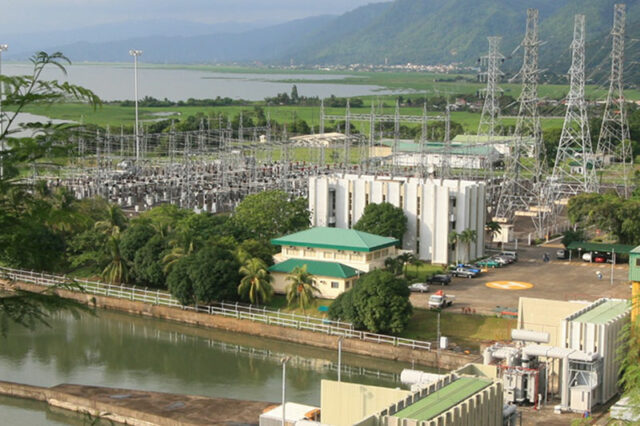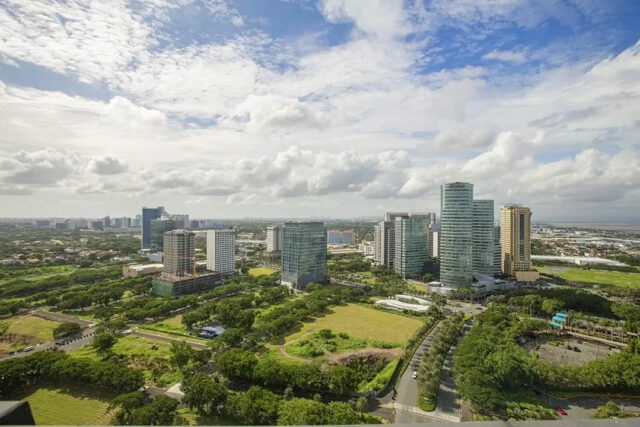Expanding financial access for every Filipino
Economic uncertainties have pushed more Filipinos to consider financial safety nets, yet achieving long-term security remains a challenge.
A 2024 industry report found that 43% of Filipinos are seeking passive income sources, 39% are prioritizing emergency savings, and 32% are focused on financial freedom after retirement. However, major hurdles remain, with rising healthcare costs at 82%, inflation at 81%, and concerns over economic slowdown and recession at 78% weighing heavily on financial decisions.
Despite the availability of banking services, many Filipinos still prefer keeping their savings in traditional piggy banks, bamboo containers, or old jars. A study published by PANTAO: An International Journal of the Humanities and Social Sciences noted that distrust in banks stems from fears of bankruptcy or inflation eroding their savings. However, keeping cash at home poses greater risks, including theft, damage, or misplacement.
The study emphasized that banks serve not only as safekeeping institutions but also as tools for emergency preparedness. Experts recommend maintaining at least three to six months’ worth of living expenses in a secure, accessible account to prevent unnecessary debt during financial emergencies. When emergencies arise, those without savings often turn to quick loans, credit cards, or informal borrowing, creating a cycle where a large portion of income goes toward debt repayment rather than wealth-building.
Risk management is another overlooked aspect of personal finance. Many Filipinos see insurance as an unnecessary expense rather than a safeguard against life’s uncertainties. Life insurance, for example, is often dismissed as a luxury for the wealthy, while non-life insurance is viewed as an added cost rather than protection for assets.
While the country’s insurance penetration improved by 0.06 percentage points in the fourth quarter of 2024 to 1.67%, it remains relatively low compared to the global average of 2.9% and 2.2% in emerging Asia.
According to a JP Morgan report, life insurance with cash value can be a valuable financial tool for asset diversification. Permanent life insurance policies, for instance, include savings components that can grow over time, offering additional financial security.
Investment as wealth-building tool
According to the Bangko Sentral ng Pilipinas (BSP), saving is essential for financial security as it provides readily available funds for emergencies and short-term needs. However, these accounts offer minimal returns and often fail to keep pace with inflation.
Investing, on the other hand, involves purchasing assets that can appreciate over time, with the potential to generate higher returns. The BSP stated that income is a person’s most powerful wealth-building tool. Without strategic investing, hard-earned money may not reach its full potential.
While investments carry risks, they also provide opportunities for financial growth, helping Filipinos move beyond mere survival toward true financial independence. Middle-income Filipinos are exploring investment opportunities to grow their wealth, including stocks, mutual funds, real estate, and digital assets.
Such investors are typically investing to prioritize specific life objectives such as homeownership, education funding, or retirement planning. For them, the goal is not just wealth accumulation but securing a future that can withstand economic uncertainties.
Beyond financial gains, focusing on long-term objectives means investors are less likely to make impulsive decisions driven by short-term market fluctuations. This method helps to break away from the traditional approach of a one-size-fits-all investment solution.
However, 75% of Filipinos still do not invest, according to the BSP Financial Inclusion Survey. Many hesitate to enter the investment space due to a lack of knowledge, fear of risk, or unfamiliarity with financial products. The central bank also reported that the lack of financial literacy discourages people from considering investments, as many view them as risky or exclusive to the wealthy.
Journey towards financial inclusion
The BSP said that many Filipinos remain outside the formal financial system, unable to maximize opportunities that could improve their financial standing.
While women in the Philippines have higher financial inclusion rates than men, large segments of the population still struggle to access financial services. Those most affected include low-income earners, senior citizens, migrant workers and their families, persons with disabilities, indigenous peoples, and forcibly displaced persons.
Micro, small, and medium enterprises (MSMEs), along with agriculture-based businesses, also remain largely underserved. These sectors contribute significantly to employment and economic activity yet receive only a small fraction of total bank loans.
Smallholder farmers, fisherfolk, and informal workers, in particular, face limited access to financing that constrain their ability to expand and improve their livelihoods.
The transition to digital transactions has also introduced new challenges, especially in rural areas where internet connectivity is inconsistent and financial literacy is lower. Many Filipinos remain hesitant to fully embrace digital banking due to concerns about affordability, security, and fraud risks.
In response, the central bank is intensifying efforts to educate Filipinos on key financial concepts through its Economic and Financial Learning Office. The Economic and Financial Learning Program regularly holds activities designed to improve public understanding of essential financial matters.
Recognizing the challenges MSMEs and the agriculture sector face in securing financing, the BSP is promoting alternative lending solutions through Agricultural Value Chain Financing model, which connects agribusiness players with banks to facilitate lending opportunities. Through Circular No. 908, the central bank encourages banks to explore value chain financing as a sustainable way to support the agriculture industry.
In addition, the BSP continues to promote the Credit Surety Fund, which provides collateral substitutes to MSMEs, enabling them to access bank loans. Under the Credit Surety Fund (CSF) Cooperative Act, the central bank works closely with cooperatives and the Cooperative Development Authority to strengthen CSFs in various communities.
Meanwhile, the Department of Finance (DoF) has called on the insurance industry to expand market penetration and position insurance as a mainstream financial instrument and basic necessity for Filipinos.
In a statement, Finance Secretary Ralph G. Recto emphasized that insurance is a powerful tool for poverty reduction and long-term financial security, more than just a safety net.
“Risk is a significant driver of poverty, and adequate insurance coverage is among the powerful tools for mitigating this challenge. Therefore, the life insurance industry [must] hold key positions in winning our battle against poverty,” said Mr. Recto.
The Finance secretary also urged industry players to embrace digital innovation, simplify policies, and develop customer-centric, cost-effective solutions. That way, insurance serves as a comprehensive financial product that integrates protection, savings, and investment benefits tailored to different life stages. — Mhicole A. Moral





![BSP_3822-1024x683 [BW file photo]](https://www.bworldonline.com/wp-content/uploads/2024/04/BSP_3822-1024x683-BW-file-photo-640x427.jpeg)






